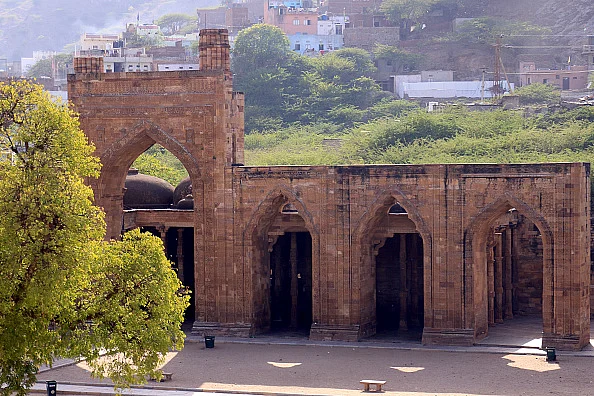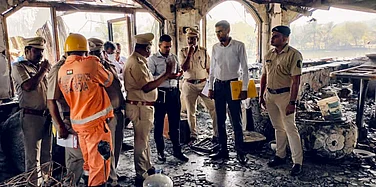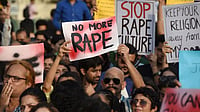When a Hindu mob charged the streets of Ayodhya and razed Babri Masjid in 1992, it signalled an era of unbridled majoritarianism that has polarised Indian society more deeply than ever. Even as former Prime Minister Atal Bihari Vajpayee assured there would never be “another Ayodhya”, his words lose meaning in today’s India where leaders of the ruling party openly announce: “Ayodhya to jhanki hai… Kashi, Mathura baki hai (Ayodhya is just a glimpse, Kashi and Mathura are still left).”
On May 7, a group of Jain monks accompanied by leaders of Vishwa Hindu Parishad (VHP) went to the Adhai Din Ka Jhonpra in Ajmer, Rajasthan, and claimed that there used to be a Sanskrit school and a Jain temple on the site of the mosque. Soon after the monks’ visit, local BJP leaders picked up the issue and likened it with the conservation debates over Kashi Vishwanath and Mathura temple. Local authorities said that such claims of a temple's existence have also been made earlier.
Adding fuel to the fire, Rajasthan Assembly Speaker Vasudev Devnani said Adhai Din Ka Jhonpra has always been imprinted in the public mind as a Sanskrit school. "The people of Ajmer know what importance it had in the form of education in the ancient times in the Sanatan culture. How it was captured and became Adhai Din Ka Jhonpra from a school is a matter of research," he said. He said that they will demand an ASI survey on the mosque site.
Adhai Din Ka Jhonpra is an Archeological Survey of India-protected mosque. According to the ASI website, the monument is a mosque built by Qutub-ud-Din-Aibak, the first Sultan of the Delhi Sultanate, in AD 1199, and is contemporary to the other one built at Qutub Minar complex in Delhi known as Quwal-ul-Islam mosque (power of Islam). The mosque is said to have been built from the dismantled remains of the temples. Several sculptures of temples still lie in the verandah of the Adhai Din Ka Jhonpra complex, which the ASI states as remains of a Hindu temple in its vicinity during the 11th-12th century AD.
While the truth about Ajmer mosque is yet to be known, it is also not the only Islamic monument that made headlines over the purported existence of a temple on site. In Varanasi, a row over Gyanvapi mosque experienced a notable revival in 2020 when the district court reopened a case that urged an archaeological survey of the Gyanvapi complex. Following two years of legal confrontation between the Hindu and Muslim sides, an ASI survey conducted and concluded on May 16 last year purportedly found a 'Shivling' within a reservoir on the mosque complex.
Similarly, following the inauguration of Ram Temple in Ayodhya, a clamour grew for temple construction on disputed land in Mathura. A century-old debate over Krishna Janmabhoomi was reignited when a local resident of Lucknow claimed there was “evidence” of another Hindu temple next to the 17th-century Shahi Idgah Mosque built by Mughal emperor Aurangzeb. While the Allahabad High Court allowed a survey to be conducted, the Supreme Court has temporarily stayed the order. The question is, for how long?The timing of the latest Mandir-Masjid row also aligns with the campaigning for the Lok Sabha elections which have been polluted by hate speeches and communal politics this year. In one of the most polarising speeches this election, Prime Minister Narendra Modi had said in a rally in Rajasthan’s Banswara that if Congress party comes to power, it would “take your wealth” and redistribute it to “ghusapethyon (infiltrators)” and “those who have more kids”. The Congress and other regional opposition parties, on the other hand, have been accused of “appeasement politics” which fuels polarisation too. In addition to this, the Ram Mandir success has featured in many of Prime Minister Narendra Modi’s speeches as an achievement of the BJP, which automatically meant condoning the demolition of the Babri Masjid. It gave an ascension to the growing Hindutva rhetoric in the country, resulting in diminishing communal harmony. The question arises, is the temple-mosque debate merely an extension of the politics of polarisation seen across states this election season?



























